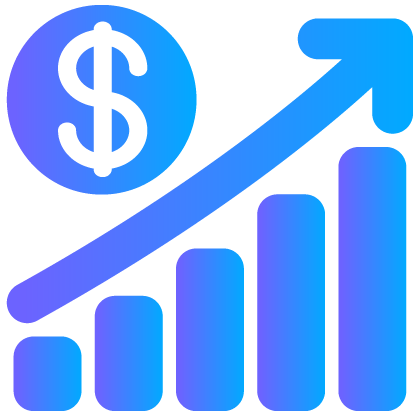When requested to submit a proposal, most sales executives deliver the following:
- Abbreviated summary of the product features and benefits
- Various options of the offerings and unit prices
- Pricing customized to prospect’s requirements
- Terms and Conditions of sales
So what is wrong with this?
There are a few critical missing items that delay decision making and potentially destroy trust:
- A brief description of the problem, its root causes and unbearable consequences that initiated the buying process. This is very important since it is likely that the decision-makers who are involved in the approval of the proposal may not have been involved in the initial buying process. It is incorrect to assume that your contact has effectively communicated the problem and built a solid business case for the acquisition of your solution.
- Clear articulation of your unique value proposition – Why is your solution best suited to solve their problem? This is different from listing all your features and benefits. In a competitive situation, unless you have established yourself as the best overall solution for their problem, you are leaving the selection of your solution to chance.
- Full disclosure of the costs of acquisition, deployment and maintenance of your solution – This often results in setting incorrect expectations and unrealistic budgets. The surprised customer loses trust in your team when they are confronted with unforeseen risks and liabilities.
A well thought out Sales Proposal Template guides a sales team to summarize the buying journey and deliver a comprehensive proposal that retains relevance, positions you as a trusted partner and accelerates decision making.
What is a Sales Proposal Template?
Sales Proposal Templates provide a comprehensive framework to create a standalone document that can answer the following questions for the decision makers:
- What problem are we trying to address? Can it wait?
- Why is this offering the best overall?
- How much will it REALLY cost? Is this cost justified?
- How likely are we to successfully solve the problem? What are the risks?
- Why can we trust them (vendor)?
Sales Proposal Templates provide a reproducible, scalable way for sales executives to answer these buyer due-diligence questions. Effective Proposals assist sales executives to satisfy the needs and concerns of all stakeholders, reducing the level of unsupported opinions and the political power games that often follow. They are one of the most important sales enablement tools by which sales executives can maximize their close rates.
When implemented as a standard operating procedure, Sales Proposal Templates eliminate unaddressed risks … surprises that customers hate and kill deals in their tracks.
When do you use a Sales Proposal Template?
Effective Proposals pay their highest dividends when requested by a sincere customer who has developed a comprehensive business case and has access to funds. This request for a proposal should arrive unprompted to the sales executive.
This means framing the proposal as a prized resource and something only customers with a good requirement-success fit receive. This also means that the sales executive should not provide a proposal to a prospect as a tool for building the business case.
Instead, the sales executive should have the customer use the Buyer’s Guide and related resources (such as Case Studies, Loss Calculator) to build a business case and an organizational change management plan.
Sales executives should co-create a Proposal with the customer, using the Sales Proposal Template as a collaborative guide.
Together, the sales executive and customer will use the Sales Proposal Template to produce an internal-only decision package. They will optimize that decision package for inspection by remote hiring and skeptical decision-maker and heavy-weight influencers.
Key components of a Sales Proposal
An effective proposal consists of the following components:
- Interactive presentation template for building an effective proposal
- Trigger questions for building each section of the proposal
- Visual explanations that depict each phase of the customer journey, starting with the initial Indications of the problem and criteria for solving that problem and ending with a vetted business case and organizational change-management plan.
- Clear description of the unique value of your offering in solving the problem to establish it as the best overall solution.
- Comprehensive and clear description of the total cost of acquiring, deploying and maintaining your offering.
- Honest disclosure of all the risks and recommended mitigation plan.
Best Practices for Sales Proposal
- Focus on the journey that your particular customer took, and not on product features, pricing, and deal points.
- Demonstrate with authority and detail that the prospect performed buying due-diligence, narrating the steps and decision points.
- Use the framing and naming terms of your customer, avoiding the use of new, vendor-specific terms that raise needless suspicions.
- Tell the whole, factual truth about what it will take to implement, calling attention to real and probable risks associated with your product, the particular delivery team and methods, and organizational issues within the customer organization.
- Ensure that your differentiated brand experience is preserved and not lost in dull PDF documents. Leverage rich media if your offering is visual in nature (as is the case for hospitality, real estate, media, luxury brands, etc.)
To learn more about other engagement objects, please see “9 Engagement Objects that fuel B2B Sales Enablement“.













